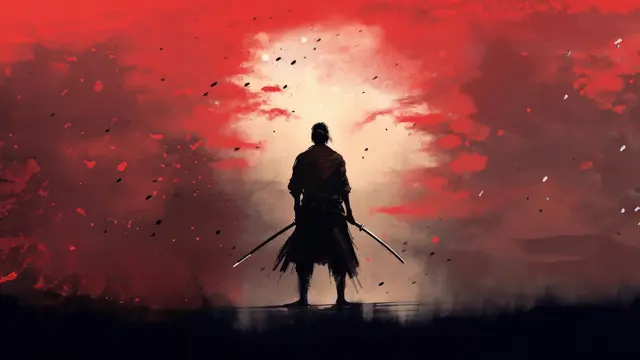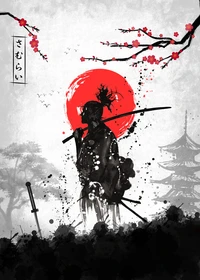At 6 a.m., my alarm started ringing loudly. I had set up five different alarms, just in case. As the first one went off, I lazily turned it off, unwilling to leave my warm bed. After the second and third alarms forced me out of my daze, I finally dragged myself up, still wrapped in my blanket to fight the cold a little longer.
I knew my schedule wouldn't allow this laziness, though. The cold was biting, and I couldn’t even bring myself to take a bath. Instead, I put on my clothes, grabbed my bag, and got ready for my trip to the neighboring village. It wasn’t ideal, but I’d make up for it once the day got warmer.
Outside, the chill hit me hard, but I hurried to board a tricycle to get to the bus park. The ride was quick, and once at the park, I wasted no time paying for my trip since I already had cash with me. It seemed like the day was off to a decent start despite the cold.
As I sat in the bus, waiting for it to fill up, I noticed the tricycle driver approaching. He was holding something in his hand; my ATM card. My heart skipped for a moment as I realized I must have dropped it in his vehicle. Grateful for his honesty, I rushed out to retrieve it. Losing that card would have been disastrous, especially with my phone battery low and my plan to use the card for payments.
After thanking the driver profusely, he went on his way, and I returned to my seat in the bus. Relieved, I settled back in, feeling lucky that he found me. The events of the morning were starting to catch up with me, and before long, I found myself dozing off in the warmth of the bus, grateful that the day hadn’t turned into a disaster.



